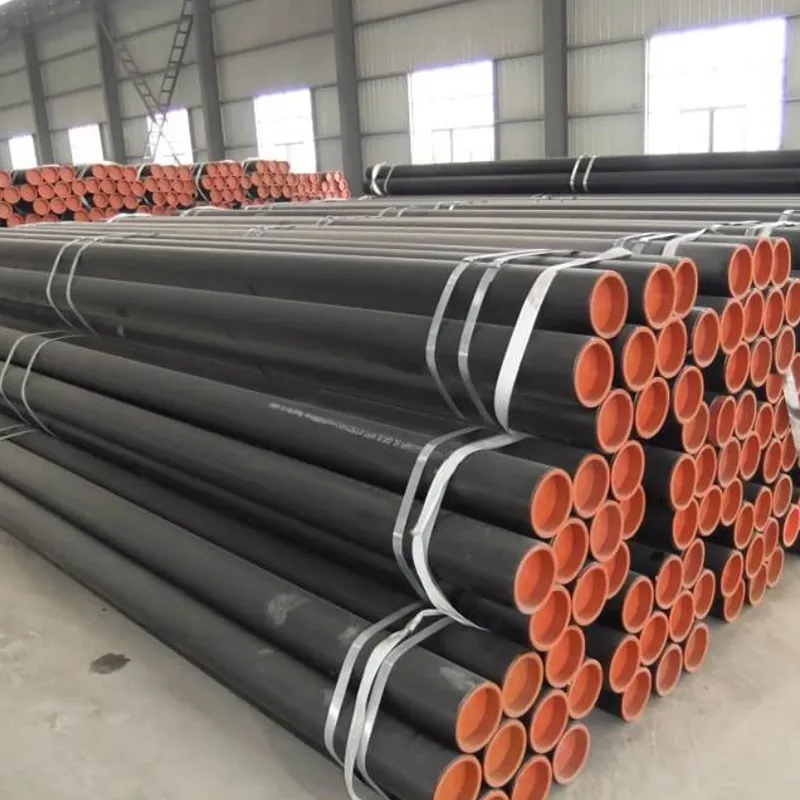-
Cangzhou Yulong Steel Co., Ltd.
-
Phone:
+86 13303177267 -
Email:
admin@ylsteelfittings.com
- English
- Arabic
- Italian
- Spanish
- Portuguese
- German
- kazakh
- Persian
- Greek
- French
- Russian
- Polish
- Thai
- Indonesian
- Vietnamese
- Zulu
- Korean
- Uzbek
- Hindi
- Serbian
- Malay
- Ukrainian
- Gujarati
- Haitian Creole
- hausa
- hawaiian
- Hebrew
- Miao
- Hungarian
- Icelandic
- igbo
- irish
- Japanese
- Javanese
- Kannada
- Khmer
- Rwandese
- Afrikaans
- Albanian
- Amharic
- Armenian
- Azerbaijani
- Basque
- Belarusian
- Bengali
- Bosnian
- Bulgarian
- Catalan
- Cebuano
- China
- China (Taiwan)
- Corsican
- Croatian
- Czech
- Danish
- Esperanto
- Estonian
- Finnish
- Frisian
- Galician
- Georgian
- Kurdish
- Kyrgyz
- Lao
- Latin
- Latvian
- Lithuanian
- Luxembourgish
- Macedonian
- Malgashi
- Malayalam
- Maltese
- Maori
- Marathi
- Mongolian
- Myanmar
- Nepali
- Norwegian
- Norwegian
- Occitan
- Pashto
- Dutch
- Punjabi
- Romanian
- Samoan
- Scottish Gaelic
- Sesotho
- Shona
- Sindhi
- Sinhala
- Slovak
- Slovenian
- Somali
- Sundanese
- Swahili
- Swedish
- Tagalog
- Tajik
- Tamil
- Tatar
- Telugu
- Turkish
- Turkmen
- Urdu
- Uighur
- Welsh
- Bantu
- Yiddish
- Yoruba

Nov . 24, 2024 10:14 Back to list
ansi class 125 flange
Understanding ANSI Class 125 Flanges
Flanges play a crucial role in piping systems across industries, providing a means of connection for various piping components. Among the different standards and classifications of flanges, ANSI Class 125 flanges are widely used for their reliability and effectiveness in fluid and gas applications. Understanding the specifications, applications, and advantages of ANSI Class 125 flanges is essential for professionals in engineering, construction, and maintenance fields.
Specifications of ANSI Class 125 Flanges
The ANSI (American National Standards Institute) sets forth standards for the design and manufacturing of flanges, ensuring compatibility and safety across various applications. ANSI Class 125 flanges are characterized by their specific pressure-temperature ratings, which determine how they will perform under different conditions. Typically, these flanges have a nominal pressure rating of 125 psi at a temperature of 100°F, but this rating can vary under different thermal conditions.
ANSI Class 125 flanges are generally made from cast iron, carbon steel, stainless steel, or other materials that provide the necessary durability and corrosion resistance. Their dimensions are standardized to fit various pipe sizes, and they are designed to be used with matching piping components, such as valves, joints, and other flanged fittings.
The flange itself typically has a raised face, which enhances the sealing capabilities when paired with a gasket. The standard bolt holes allow for easy assembly using bolts, which create a tight seal to prevent leaks. The standardization of these flanges helps ensure that they can easily be integrated into existing piping systems without the need for custom fittings.
Applications of ANSI Class 125 Flanges
ANSI Class 125 flanges are commonly found in numerous industries, including water supply and treatment facilities, chemical processing plants, oil and gas industry, and HVAC systems. They are used to connect pipes, valves, pumps, and other equipment, allowing for the efficient transport of liquids and gases.
ansi class 125 flange

One of the significant advantages of using ANSI Class 125 flanges is their compatibility with existing systems. Many older systems utilize Class 125 flanges, making replacements and repairs straightforward. Their ability to withstand moderate pressure levels makes them ideal for various applications, from potable water piping to industrial fluid handling systems.
Developing a connection using ANSI Class 125 flanges is also cost-effective. The materials used for manufacturing these flanges are often inexpensive compared to higher-class flanges, making them a budget-friendly choice without compromising reliability.
Advantages of ANSI Class 125 Flanges
The primary advantage of ANSI Class 125 flanges is their balance of strength and flexibility. While they can handle moderate pressure, their lighter construction compared to higher-class flanges makes them easier to handle and install. This reduces labor costs and installation time, making them a desirable choice for project managers and engineers.
Moreover, ANSI Class 125 flanges offer excellent sealing capabilities. The raised face design, combined with appropriate gaskets, allows for a tight seal that minimizes the risk of leaks. This is especially important in applications involving liquids and gases, where leaks can lead to safety hazards and costly downtime.
Finally, the standardized dimensions of ANSI Class 125 flanges mean compatibility with numerous pipe sizes and fittings. This interoperability simplifies inventory management and reduces the need for customized solutions, enabling efficient project execution.
Conclusion
In summary, ANSI Class 125 flanges are a vital component in many piping systems, offering a reliable, cost-effective solution for connecting pipes and equipment. Their specifications, versatile applications, and advantages make them an essential choice for engineers and maintenance professionals. As industries evolve and demand for effective piping solutions continues to grow, the importance of understanding and utilizing ANSI Class 125 flanges will remain critical in ensuring the efficient and safe transport of materials in various applications.
Latest news
-
ANSI 150P SS304 SO FLANGE
NewsFeb.14,2025
-
ASTM A333GR6 STEEL PIPE
NewsJan.20,2025
-
ANSI B16.5 WELDING NECK FLANGE
NewsJan.15,2026
-
ANSI B16.5 SLIP-ON FLANGE
NewsApr.19,2024
-
SABS 1123 FLANGE
NewsJan.15,2025
-
DIN86044 PLATE FLANGE
NewsApr.19,2024
-
DIN2527 BLIND FLANGE
NewsApr.12,2024
-
JIS B2311 Butt-Welding Fittings LR/SR 45°/90° /180°Seamless/Weld
NewsApr.23,2024











